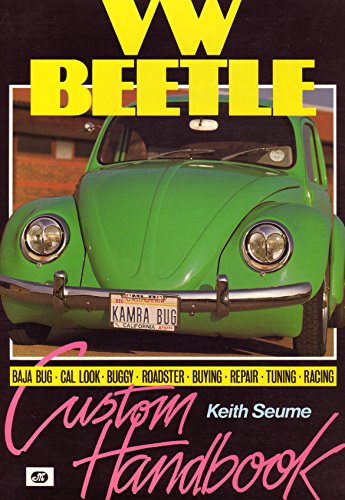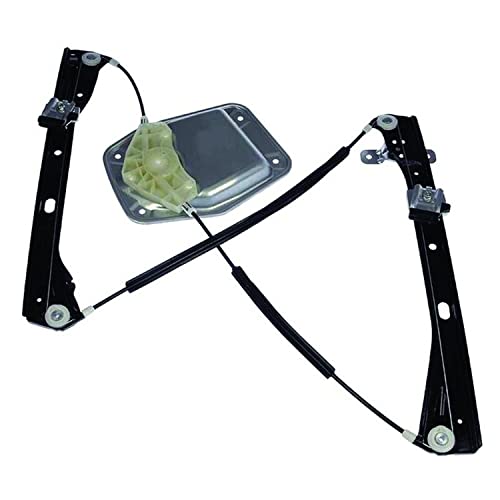How exactly are you bleeding the brakes? It's an exact science otherwise air will be reintroduced into the system even with all new components. Re-check for the slightest drip of brake fluid along the entire length of your new system to make sure there are absolutely no leaks. Do this again after your have good brakes since the pressure exerted when applying the brakes will find the path of least resistance ... hopefully pushing the brake pads via your wheel cylinders and stopping your bus.
Refresher on bleeding brakes ... or a guide for brake virgins. (please add to the list if I have missed anything)
- ensure all components and their connections are damage free, clean and tightened
- close all bleeding nipples!
- fill the brake fluid reservoir in the cab with approved fluid. Keep the bottle ... your helper will be refilling that reservoir often until the job is done
- slide about a 1/2 meter of CLEAR vinyl tubing snuggly over the bleeding nipple. Start at the rear passenger side. Make sure it fits tight on the nipple, without any clamps! The other end should lay at the bottom of a container (large clear empty jar is handy) to catch the excess brake fluid as it, and the trapped air, is pumped out.
- get a helper who will work the brake pedal AND watch the brake fluid reservoir level CONSTANTLY. He/she must never let the brake fluid level go empty from the reservoir which would add more air into the system. Pre-coordinate 4 very simple communication instructions such as PUMP (press the brake pedal to the floor), GOOD (brake pedal is on the floor and being held there), OFF (release foot from bake pedal) and I NEED TO FILL (fill the brake fluid reservoir)
- with your helper in the cab and you at the brake drum make sure that you can hear each other as them closed windows are hard to hear through. When ready ...
- with the correct size wrench/spanner, open the rear passenger side bleeding nipple ... a quarter turn is all that's needed. Keep your wrench/spanner on the nipple. Tell your helper PUMP, he pushes the brake pedal to the floor then says GOOD, you close the nipple (do not over tighten or you could trip the threads) then say OFF, he releases the brake pedal then says OFF. Keep repeating this process until very few little air bubbles appear in the tube at the nipple. Some people get away with the helper pumping the brake pedal several times before closing the nipple, but the helper must watch the reservoir fluid level even more closely as the fluid empties more quickly
- if your helper notices the brake fluid reservoir getting low instead of saying OFF, he/she should say I NEED TO FILL. The group of words will not be mistaken for OFF. Fill the reservoir and resume the process.
- since the system has a master cylinder, tubing and four cylinders to clear of air it won't get all of the air out in just one go-around
- repeat the process at the other rear wheel, then to the front wheel passenger side and finally the front driver side which is closest to the brake fluid reservoir
- re-repeat the entire process from the rear again only stopping once there are absolutely no air bubbles exiting all nipples
- test the brakes rolling the bus with a push, adjust the pads, retest, if all seems good take it for a road test including an emergency stop with FULL brakes applied HARD, park upon return, drink beer

- remember to adjust your emergency/parking brake at the lever too
- IMPORTANT!!! It is normal for your brakes feel spongy/soft/not so good after a bit of driving. Re-bleed each bus corner in the same order/procedure checking that any released air from secret hiding spots is flushed. It won't take as much time or fluid to get that last bit of air out. Regularly check you star adjusters as brake pads will wear throughout the miles.
If you still have poor brakes ... there's either a fluid leak and air is entering the system.































